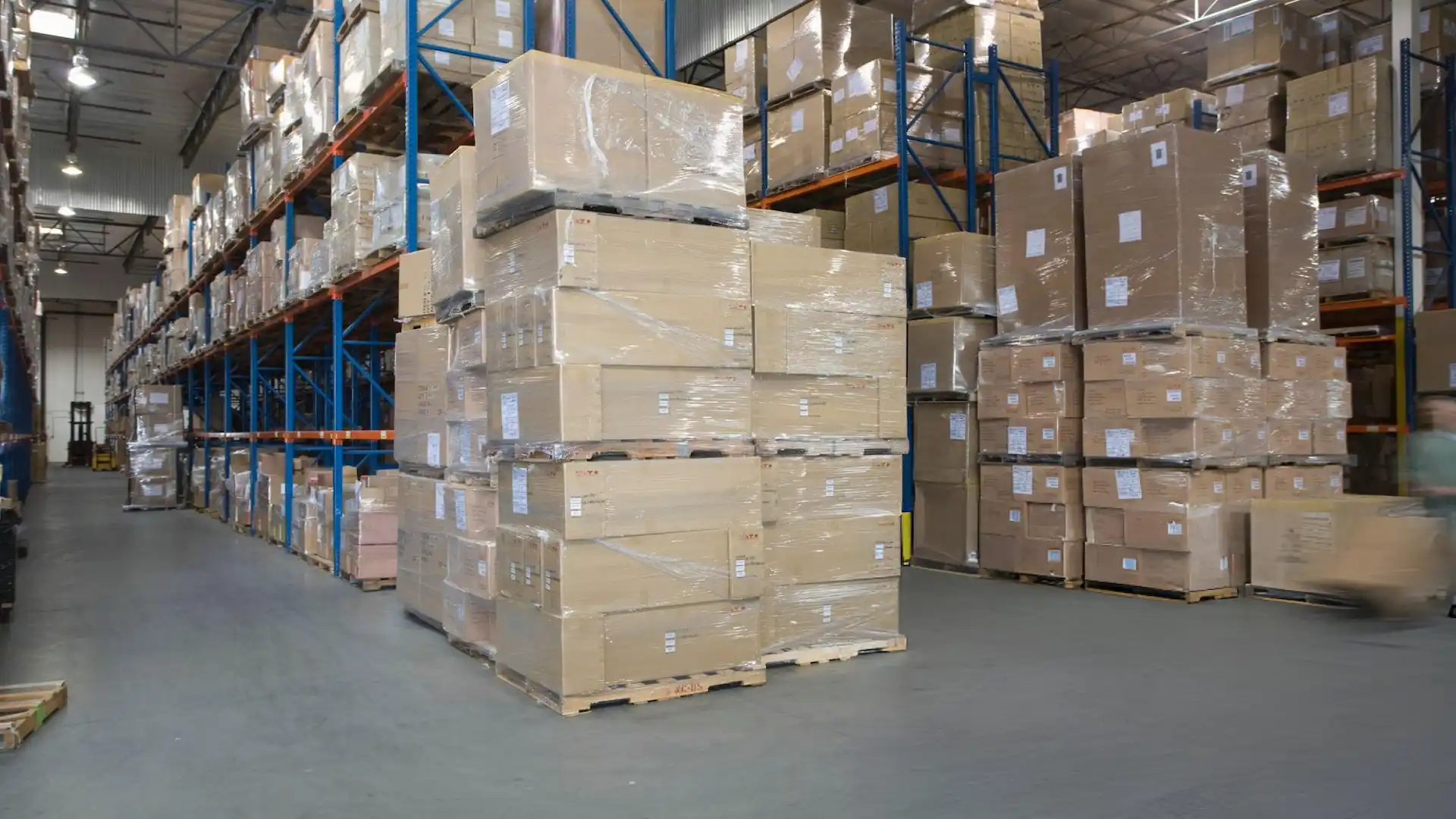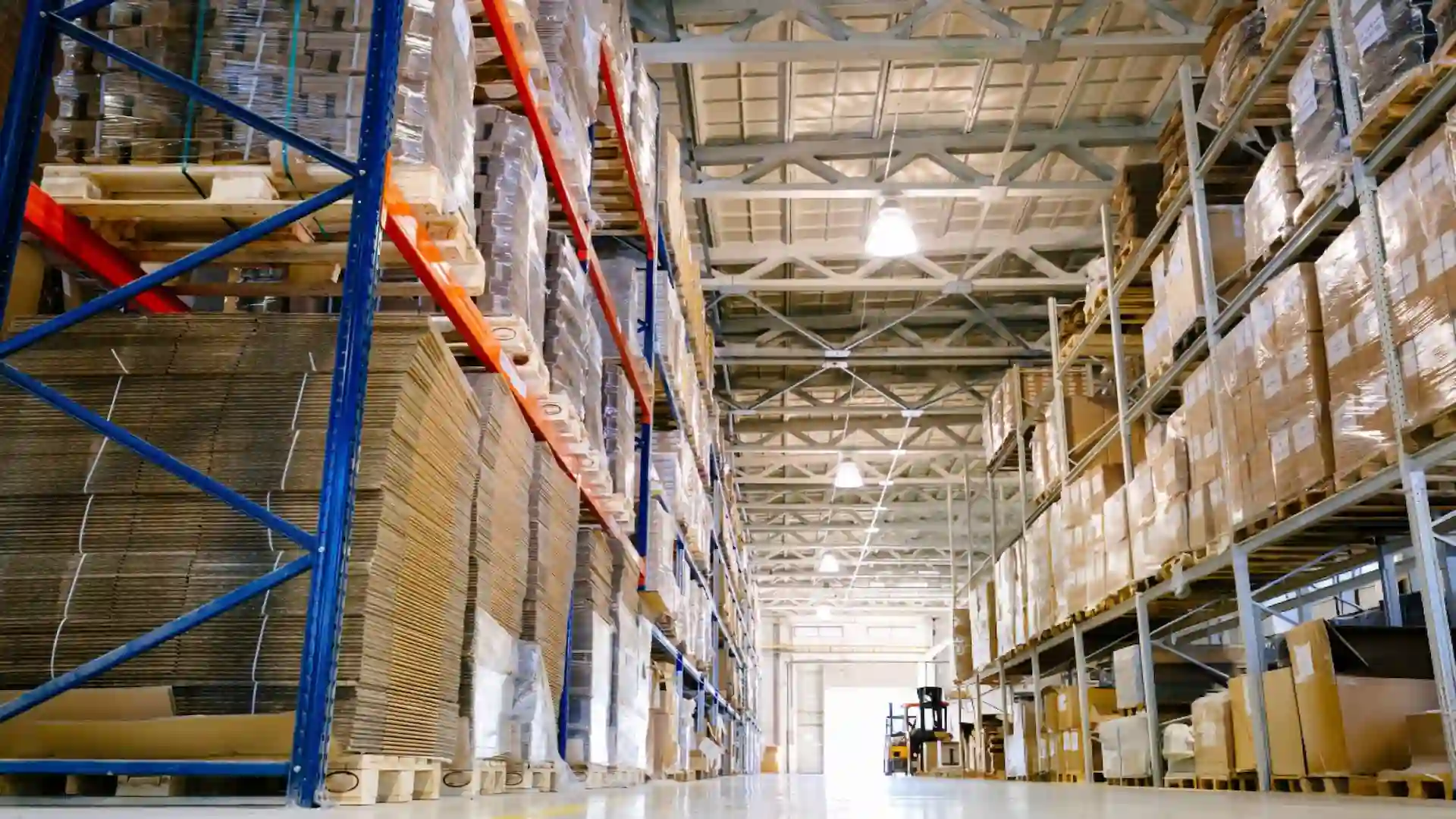eCommerce Returns 2023: Create a Revenue-Generating, Positive Experience

Ecommerce has permanently altered the way we shop around the world. Not only can we search for a product and expect it to arrive within 2 days, almost anyone can start an online business now!
As an ecommerce business owner, the overarching goal is to create a quality product and provide an unforgettable experience. Sometimes, however, a customer may be unsatisfied and decide to return their purchase.
In this blog, we will dive into exactly how the Return Process operates and how to turn a traditional cost center into a revenue-generating and positive experience.
Table of Contents
- What is the returns process? How do returns work?
- What are the steps in the returns process?
- Advantages of a 3PL’s tech platform for Returns
- Challenges and Best Practices for a Successful Returns Process
- The Customer Experience & Impact on Life Time Value (LTV)
Understanding the Returns Process
On paper, the returns process looks pretty straightforward:
- Reach out to the seller,
- Receive a shipping label,
- Ship the product, and
- Receive your refund (or store credit).
However, there can be many different reasons for a customer to return their purchase. In no particular order, these can include (but are not limited to);
- defective products,
- incorrect items,
- damaged goods, or
- simply a change of mind.
In the case that a customer decides to return a product, it is a 3PL’s responsibility to receive, inspect, and/or restock the product while keeping the owner updated in real-time throughout the process.
Atomix handles every single point of contact with a returned product, while the business owner handles communication and refunds for their customers.
Besides virtually eliminating the stress of logistics for business owners, a 3PL partner will also dramatically reduce the amount of time you need to spend away from networking and marketing (you know, the “front end” stuff).
Now, we can talk about the returns process and how it benefits business owners for a long time. BUT, let’s first dive into exactly how the process looks? Follow us below!
Steps of the Returns Process
Hi, good to see you again. Ready to dive in? Great!
1. Receiving
When a customer decides to return a product, they contact the seller and receive a shipping label to send the product back. Then, they simply drop off the package with a carrier like FedEx or UPS. We’ve got it from there! Our carriers will drop off all returned items at our warehouse for our staff to sort back into their Dedicated Micro-Warehouse (Micro-Pod)!
2. Verification
After receiving the product(s), we cross-reference what’s in the package with the return request in our software platform. Sometimes package contents don’t match up with the return request, and those requests are typically taken care of by the seller.
3. Inspection
Once we determine that everything in the package is accurate, we then check the item(s) for damage or defects. The results of this inspection determine whether the product goes back to the shelf, or is discarded. Whatever the decision, the business owner is kept updated along each step of the process.
4. Repackaging/Restocking
As mentioned above, returned products have 3 possible routes after inspection; repackaging, restocking, or going in the bin. In the case of repackaging, a product will simply be processed into another purchase for that item. Restocking means that the return has gone through, and we return the product to its warehouse location on site. Otherwise, if the goods are too damaged or defective, we will discard the product (with permission from the business owner, of course).
5. Keeping Records
At the end of each return, we verify that we’ve completed each of the above steps by confirming it in our inventory management system. Nothing is more important than keeping track of everything your business does, especially when you’re working with someone else’s products!
Advantages of using a 3PL for returns
We’ve already mentioned a few ways that a 3PL can simplify the returns process for business owners, why not add a few more?
- As an owner, the process of creating a product, generating content, and shipping out is stressful enough all on its own.
- Processing returns on top of everything can throw quite a wrench into an entire operation. Not to fear; your 3PL is here!
In the grand scheme of things, a 3PLs largest benefit is cost and labor reduction. Specifically, business owners don’t need to worry about creating infrastructure, training employees, or maintenance expenses when using a fulfillment partner. Because 3PLs are specialized in logistics processes, returns can be processed seamlessly and efficiently.
As a partner of a 3PL, business owners also have access to specialized returns management tools and technologies. These tools are the engines powering the returns process for 3PLs, resulting in raised efficiency and accuracy throughout the entire mechanism. Subsequently, customers begin to take notice of how quickly and easily everything operates in your store, virtually ensuring they will come back for another purchase!
Challenges and Best Practices for a Successful Returns Process
Despite 3PLs being fully specialized in logistics operations, there are always challenges in the face of supply and demand. Especially throughout ecommerce’s “holiday seasons” (Black Friday, Cyber Monday, Christmas), 3PLs face a surge of orders that can bog down every aspect of the operation if not optimized.
During each busy season, there is always an accompanying influx of returns. Imagine this; you’re responsible for sending out 2,000 items across 250+ SKUs, and simultaneously need to process 100+ returns each day. Without the implementation of a robust returns management system, guess what? PURE CHAOS!
To mitigate the risk of things going up in flames, it is important to implement a set of clear policies and procedures. As described earlier, a returns management software will help clearly define operations for your returns. Creating strictly defined policies both internally and externally also ensures that no matter how hectic things become, there will always be a set procedure for every possibility.
The Customer Experience & Impact on Life Time Value (LTV)
Returns can have a significant impact on customer loyalty. Over 67% of customers stated they’d less likely to shop at a store again if they have a negative return experience.
But why is that?
Because the returns process is a clear reflection of a company’s brand identity and the customer experience. A frustrating experience can damage a customer’s perception of your business.
But how about a positive returns experience?
In a similar study it was found that 49% of customers are more likely to shop at a store again.they have a positive return experience. Because a smooth and stress-free return process increases how satisfied a customer is and ultimately builds trust with your brand.
Conclusion
An ecommerce brand’s return process is a crucial aspect that affects the customer experience and their loyalty to the brand. A streamlined and efficient process can lead to increased customer satisfaction overall, strengthening brand loyalty even further. Providing clear return policies, offering a return label, and making it easy for customers to initiate a return makes the returns process as simple and stress-free as possible. If the returns process is successful, the risk of returns-related costs is reduced dramatically.
*Pro Tip: Consider adjusting your return policies around busy seasons! As of December 2022, 52% of shoppers in a survey from Phelps United say they expect to return at least one item from an online seller. Promoting a more relaxed returns policy around the holidays can increase a customer’s trust in your brand right off the bat!

.svg)
.svg)
.svg)




